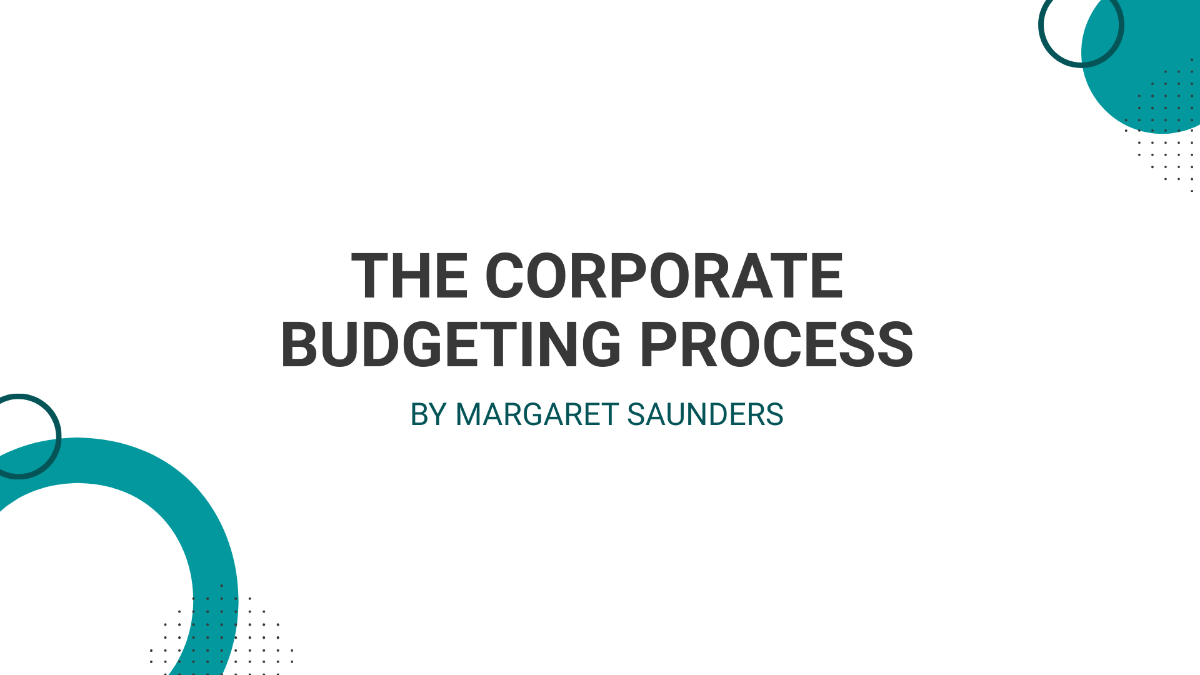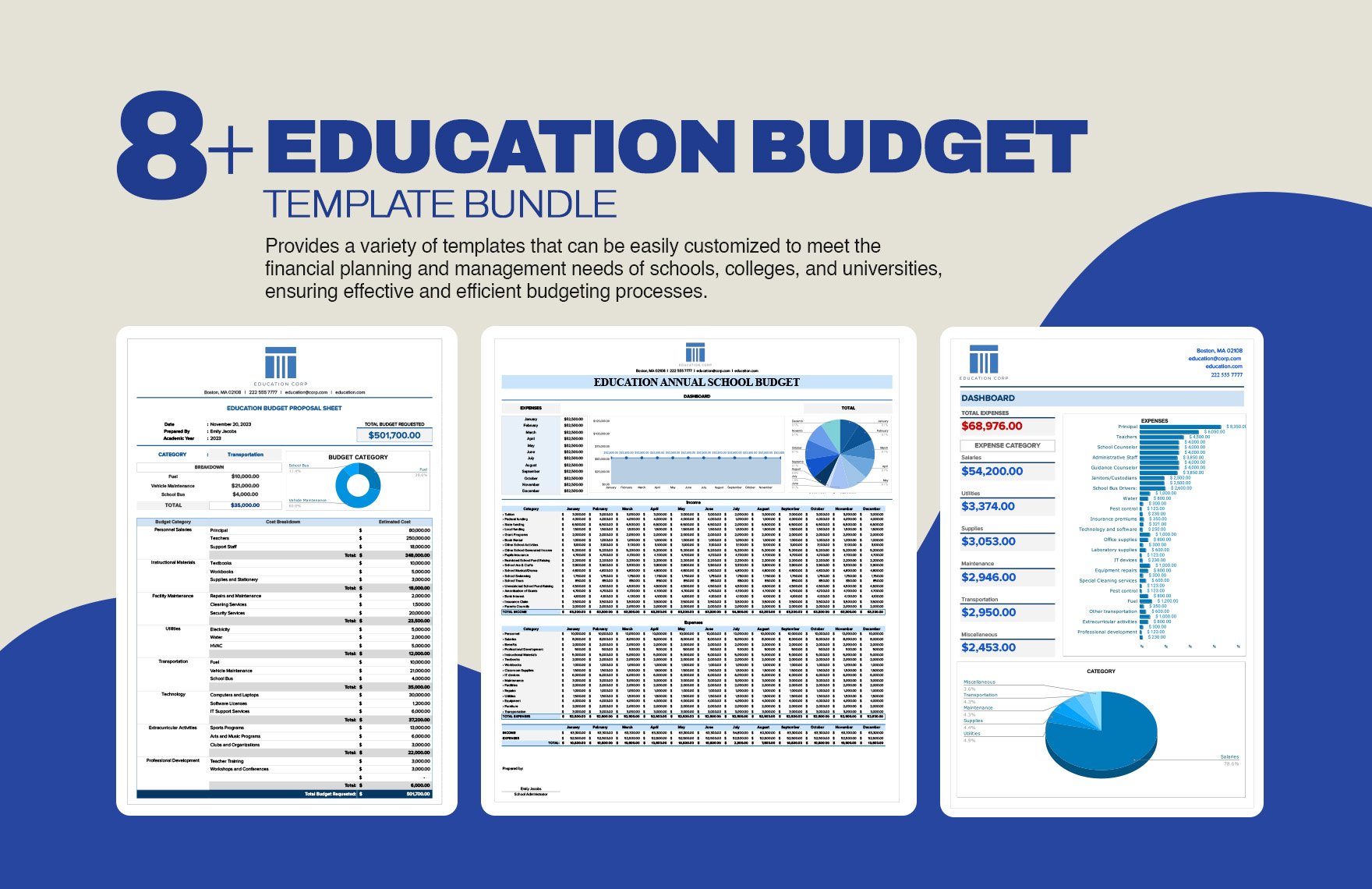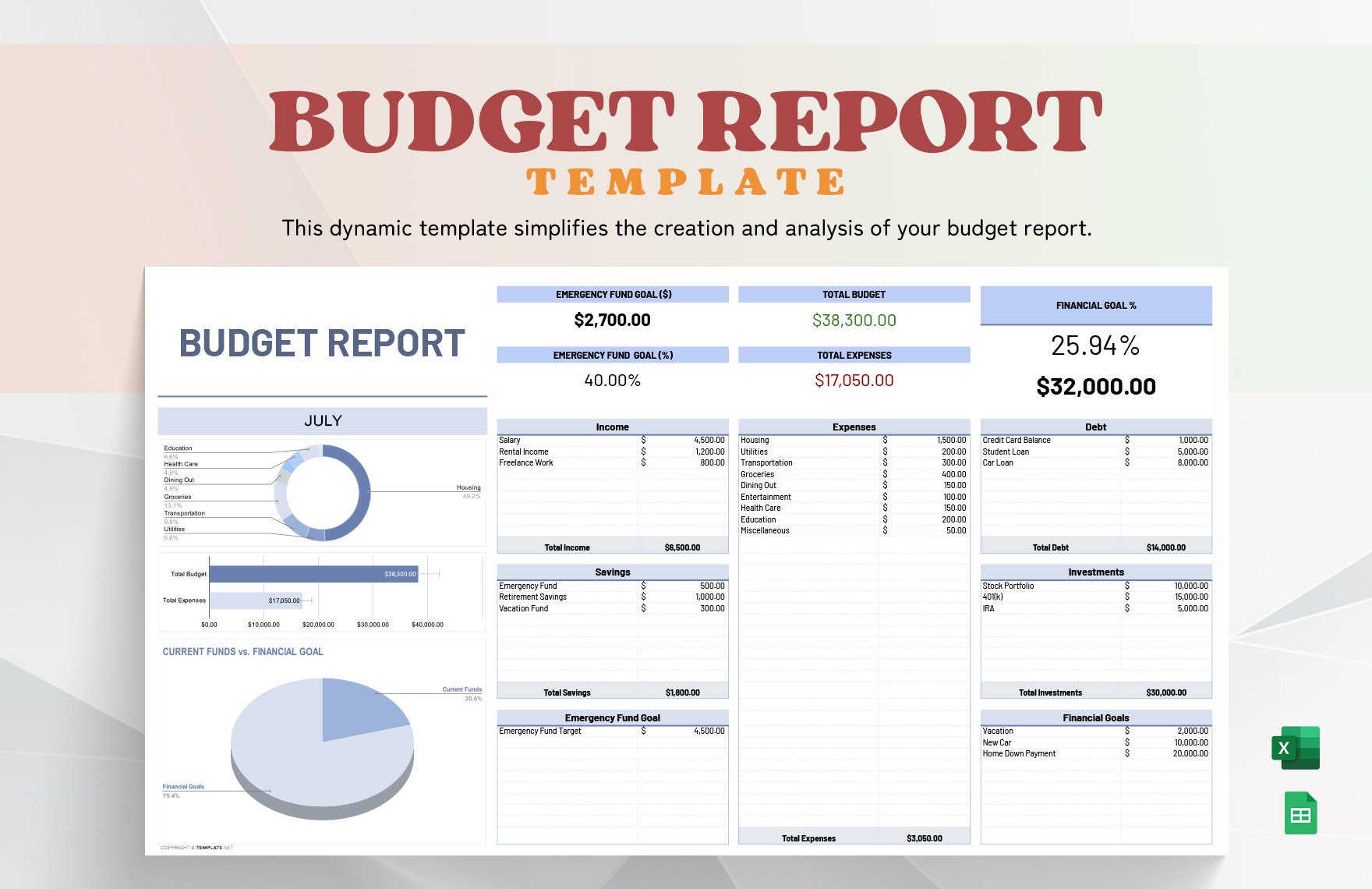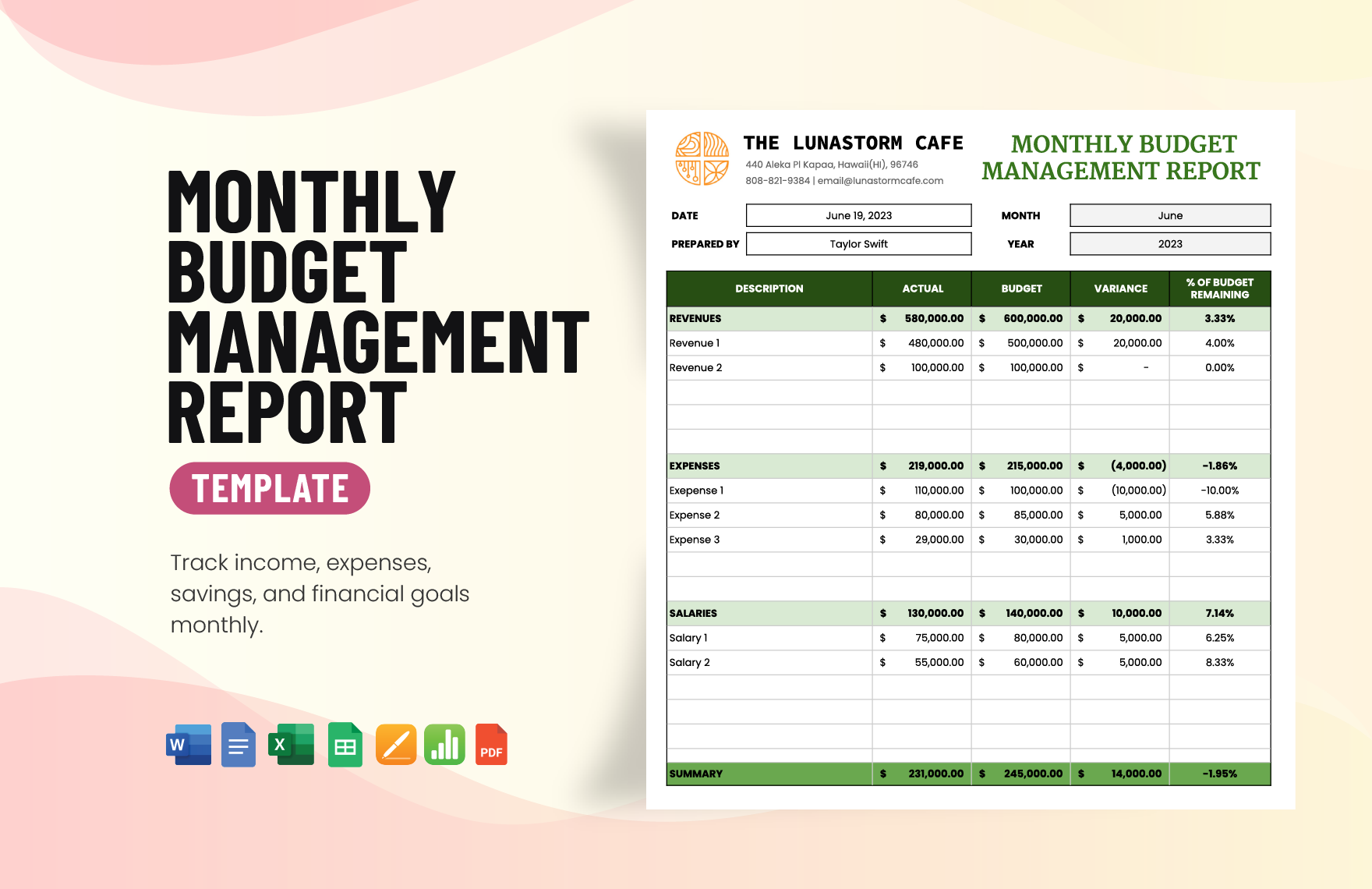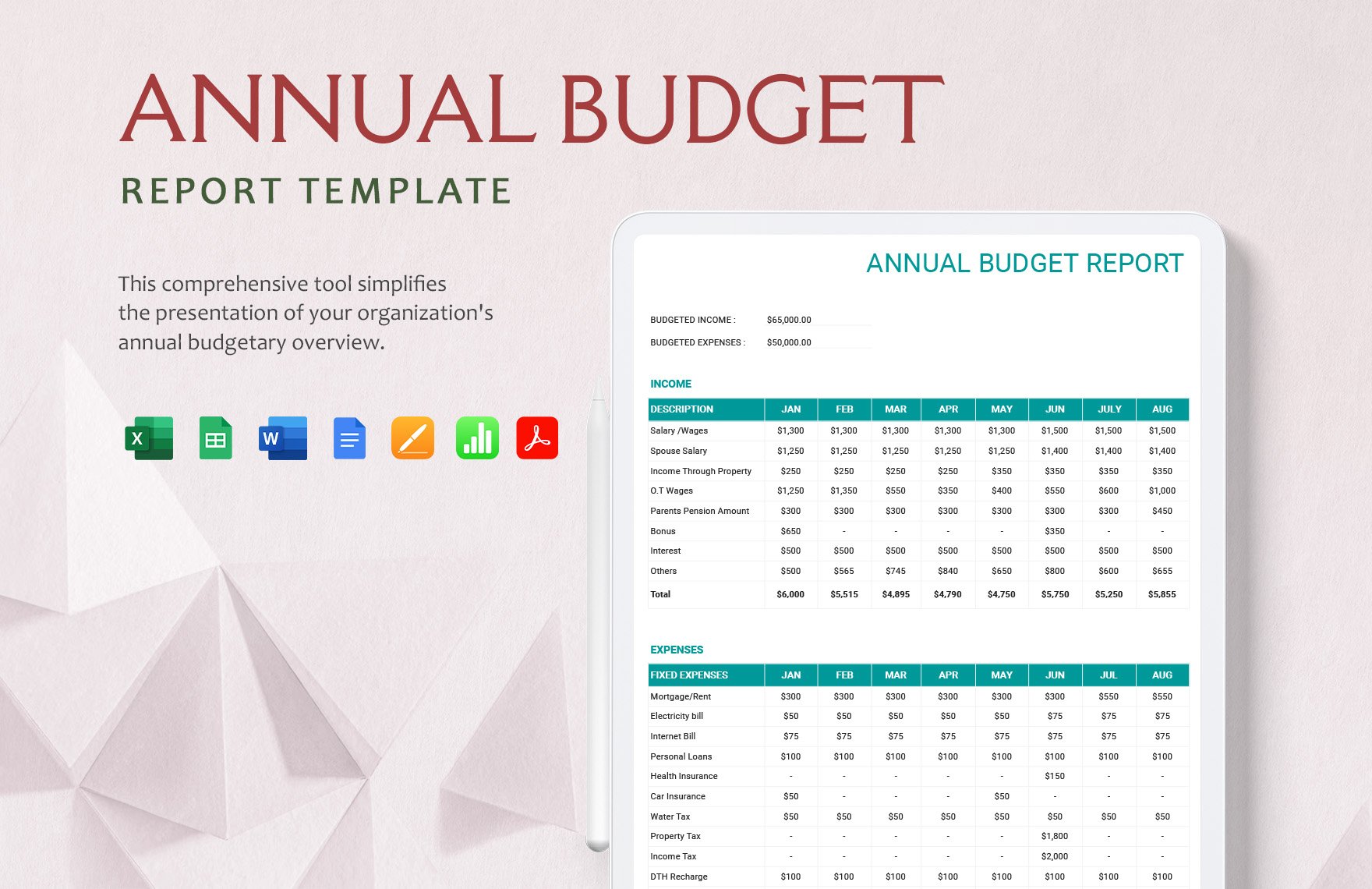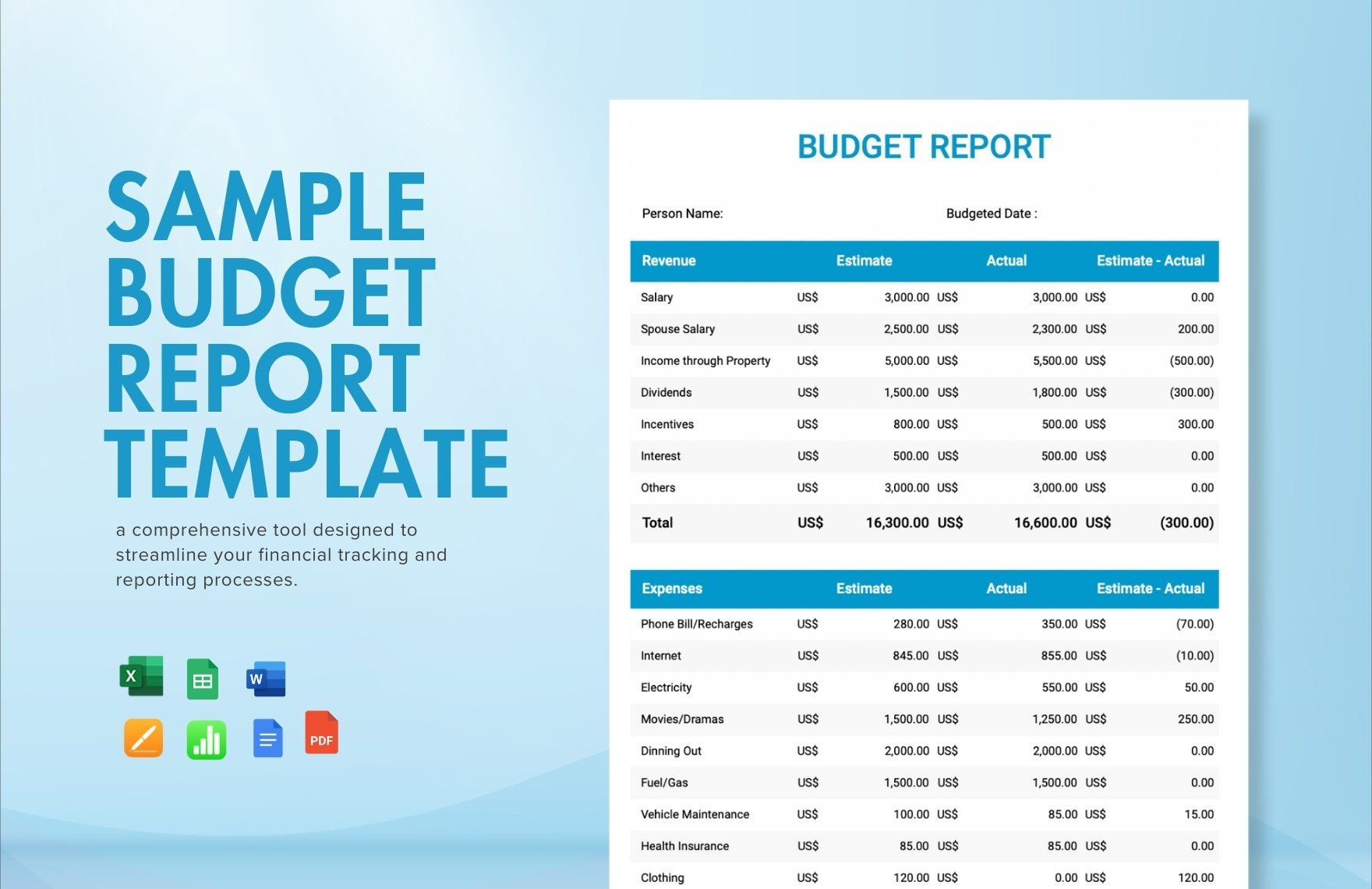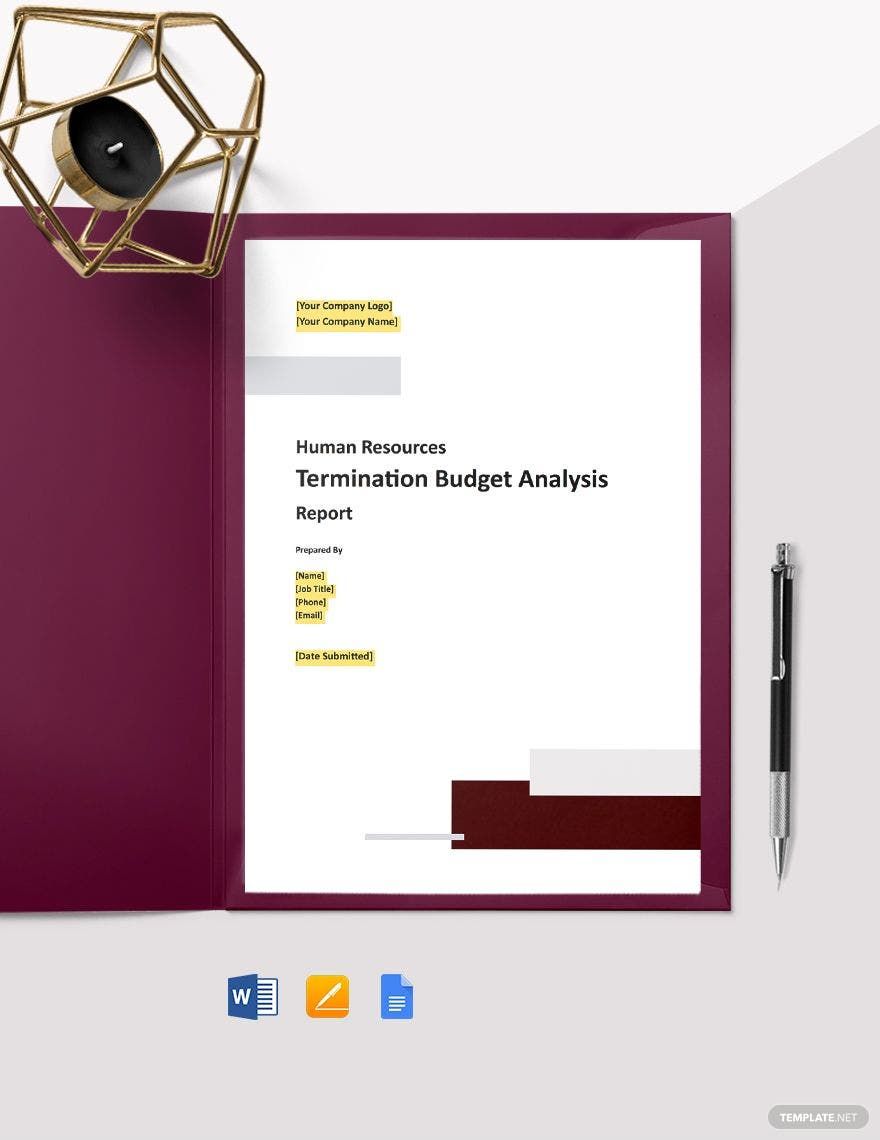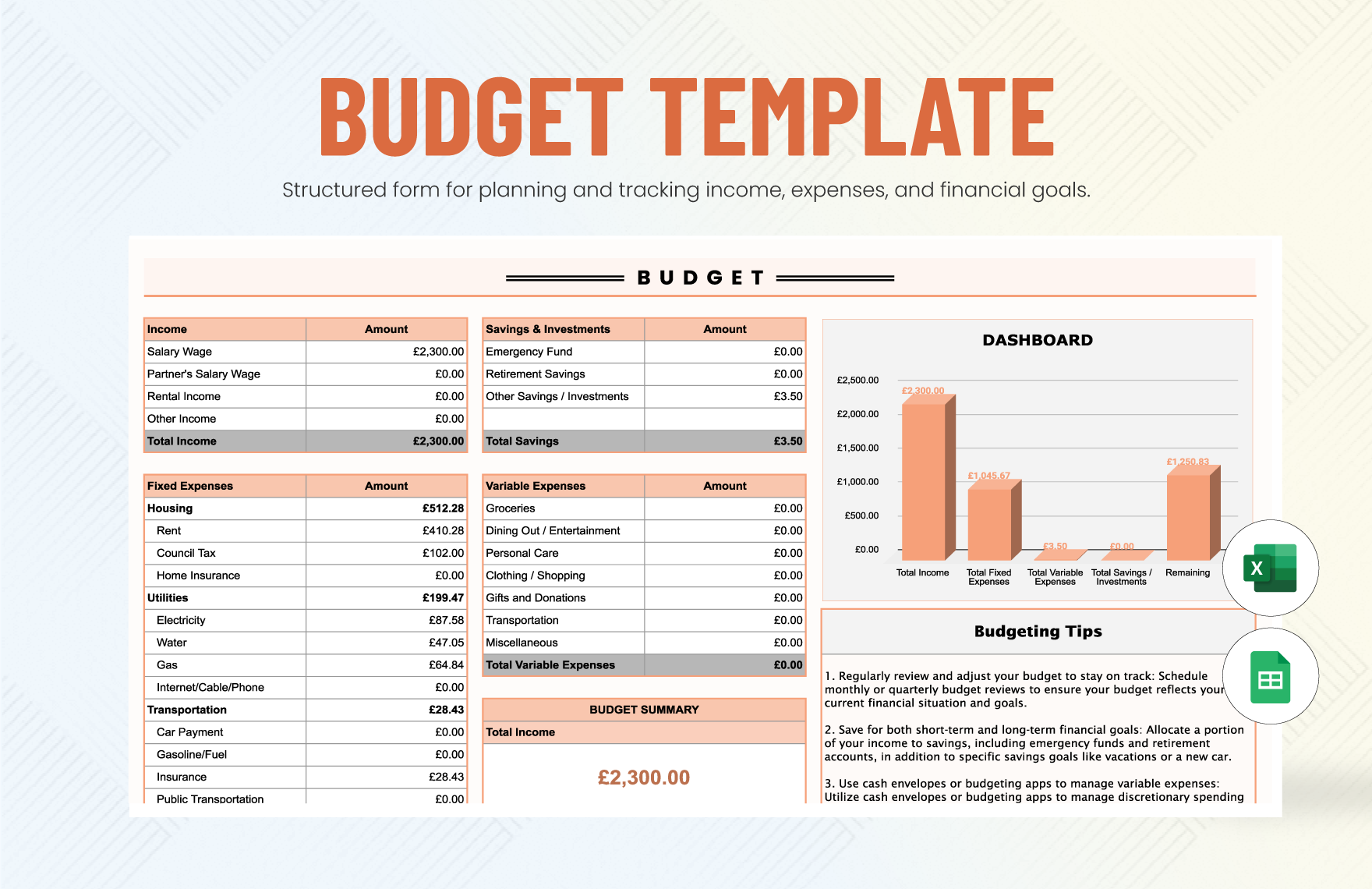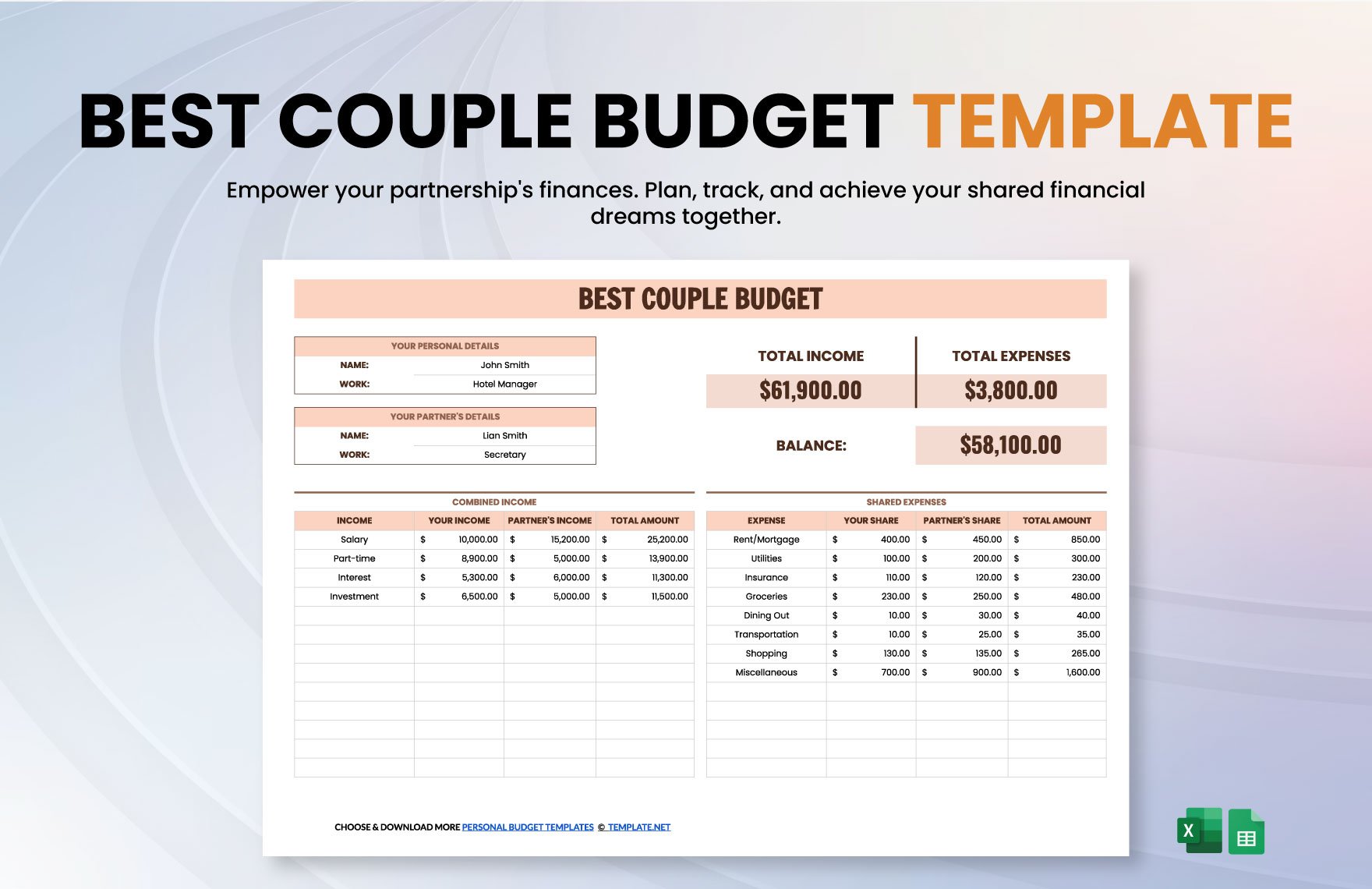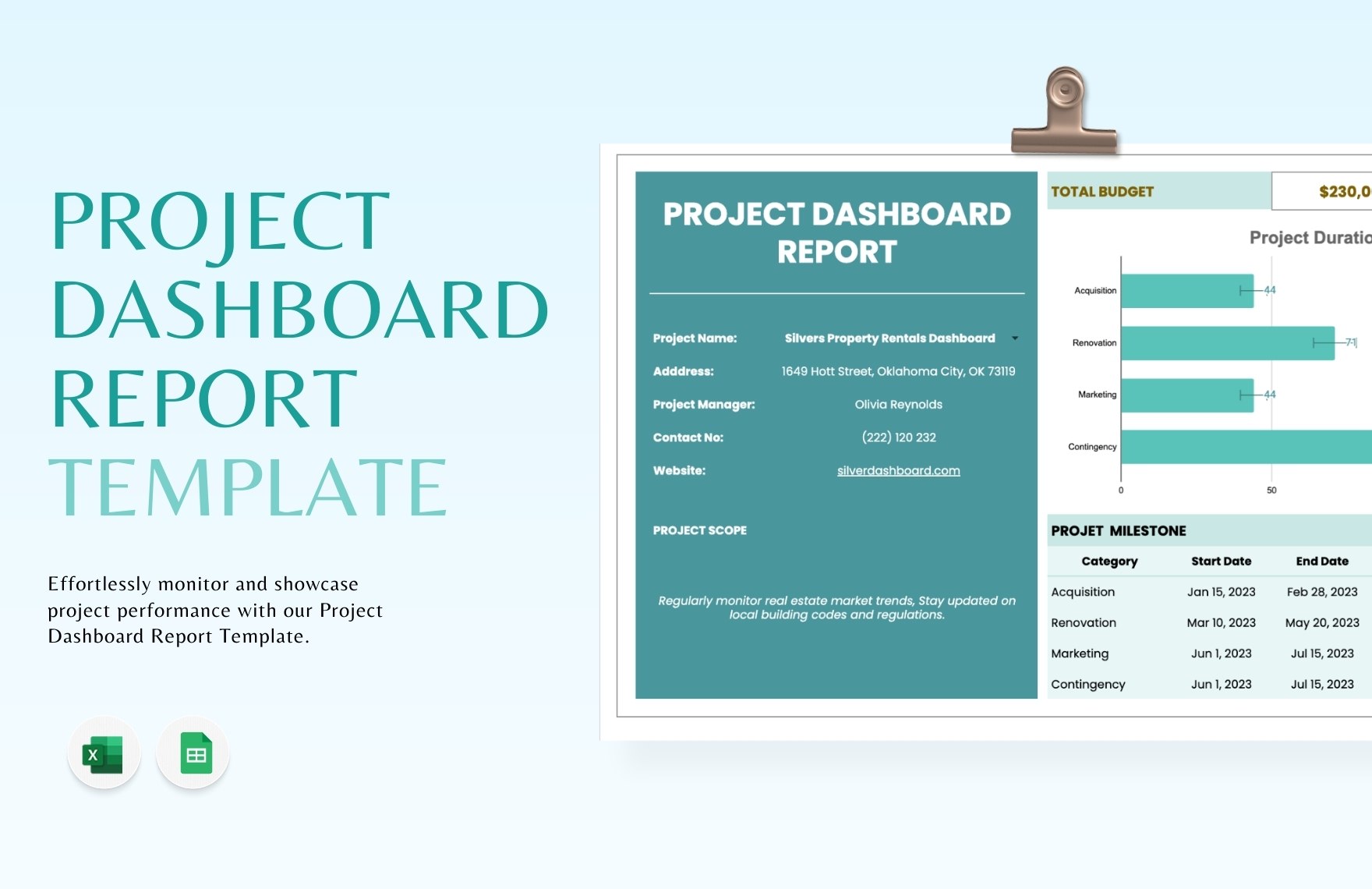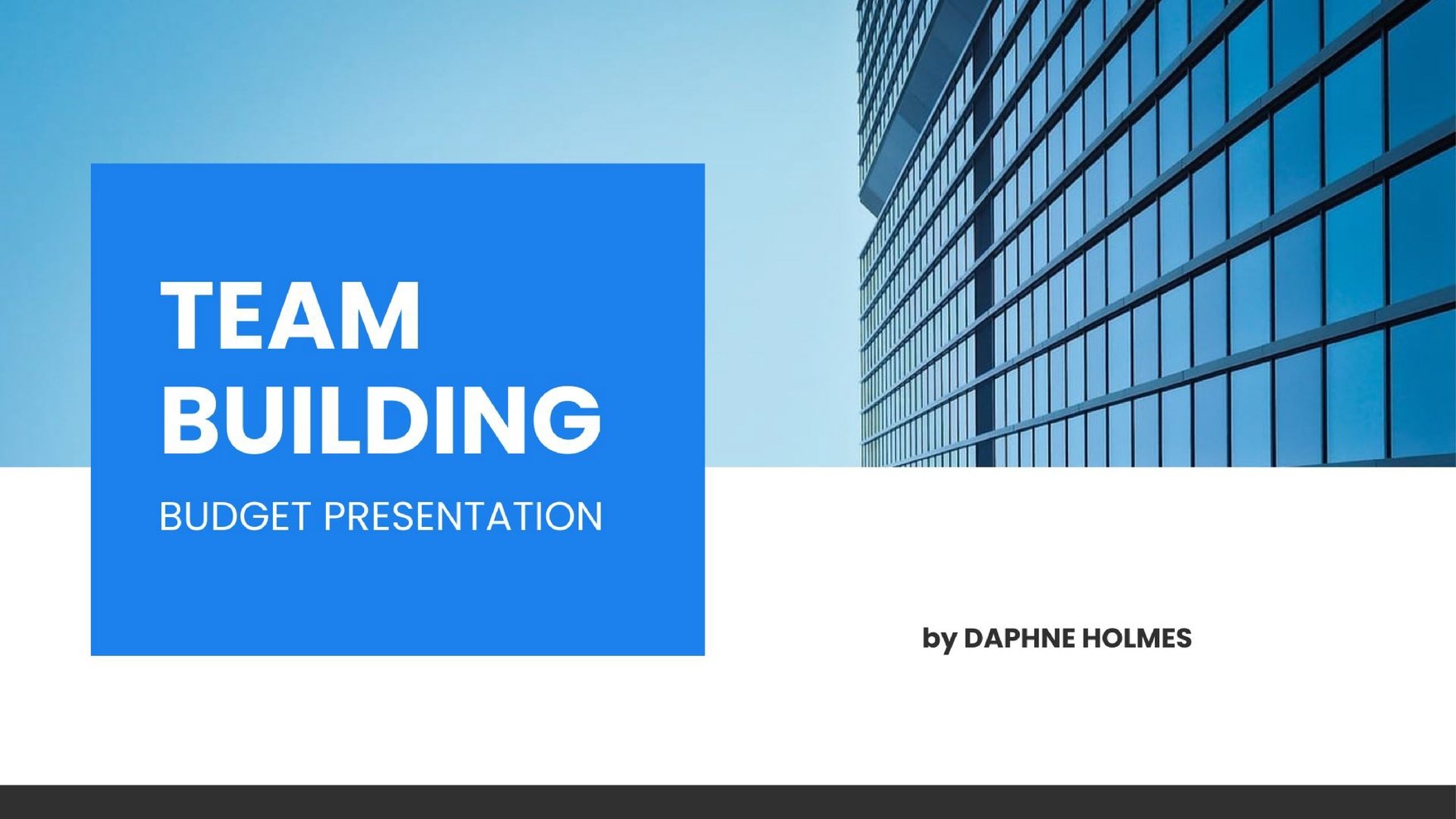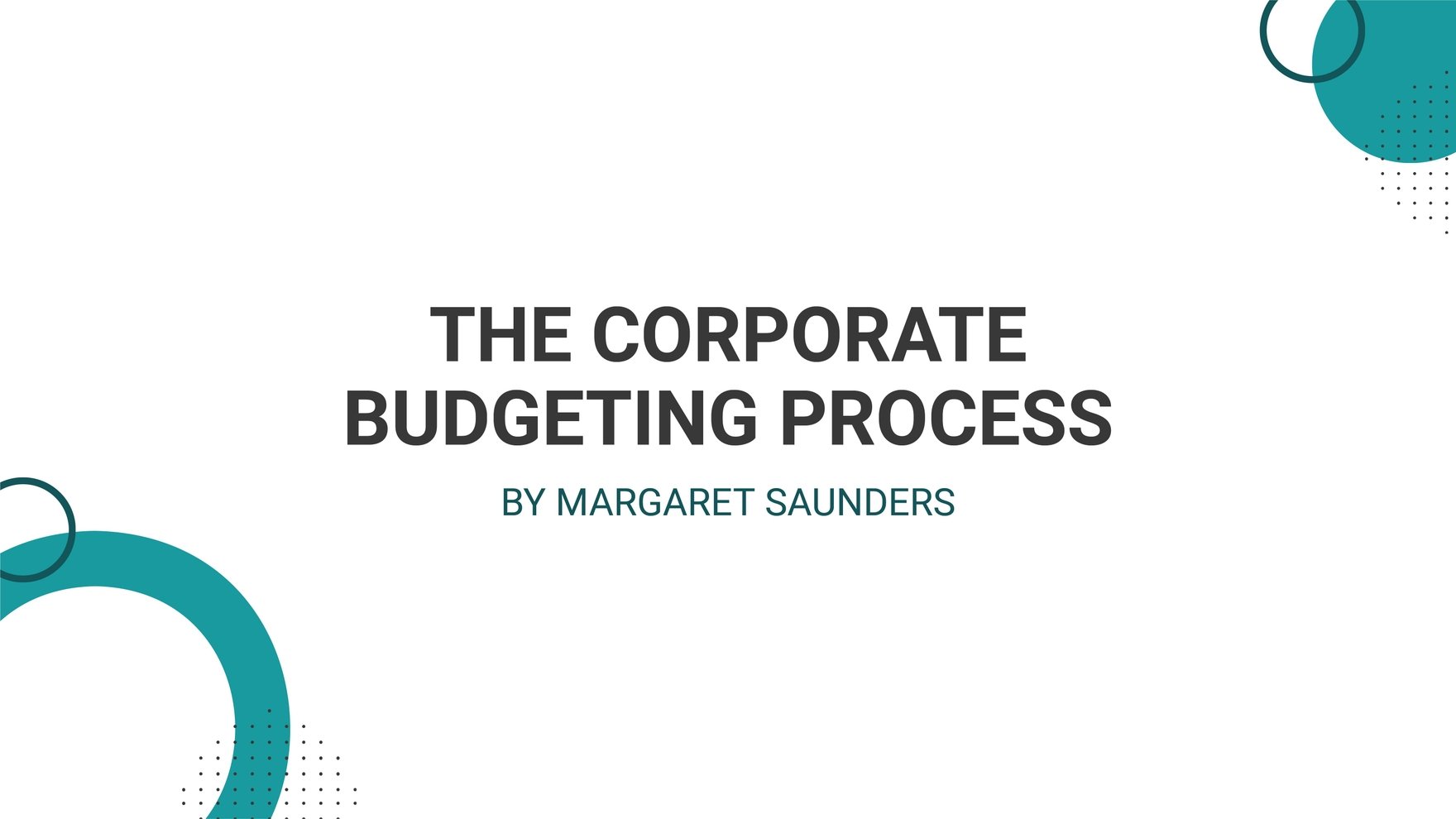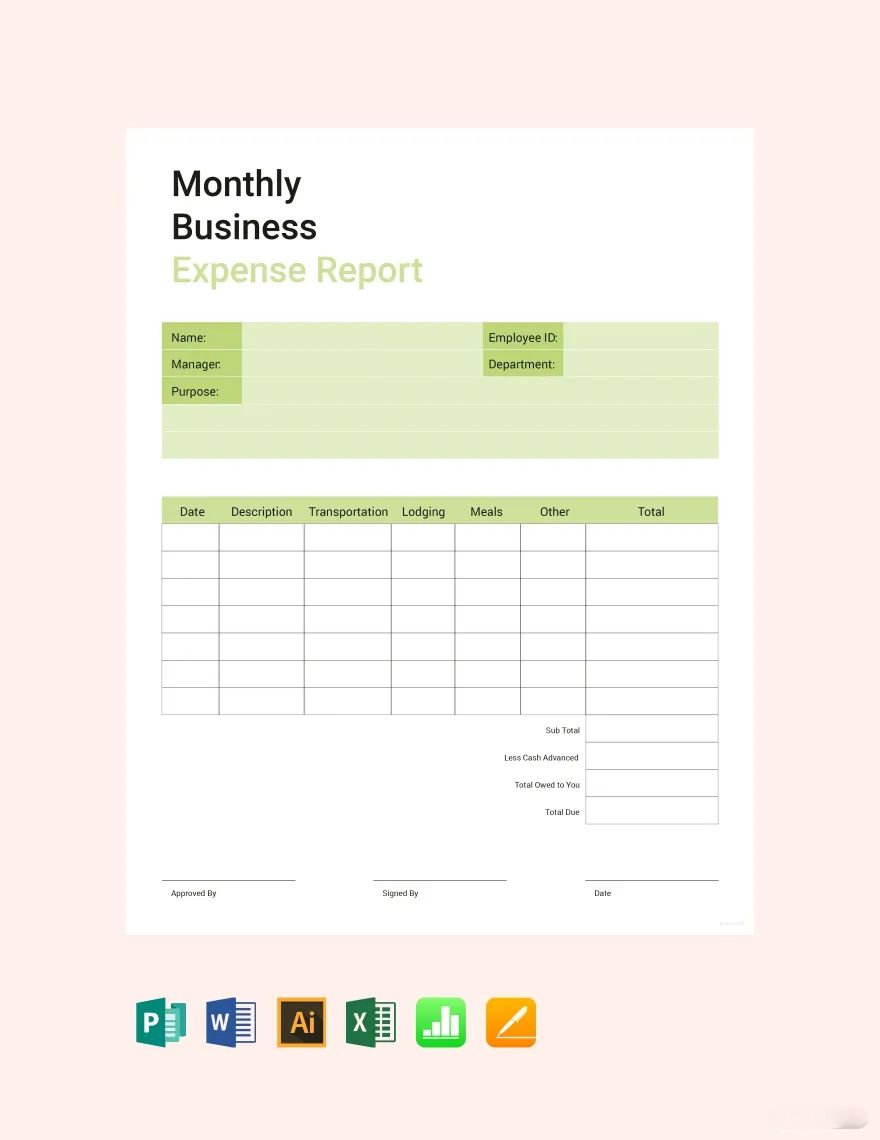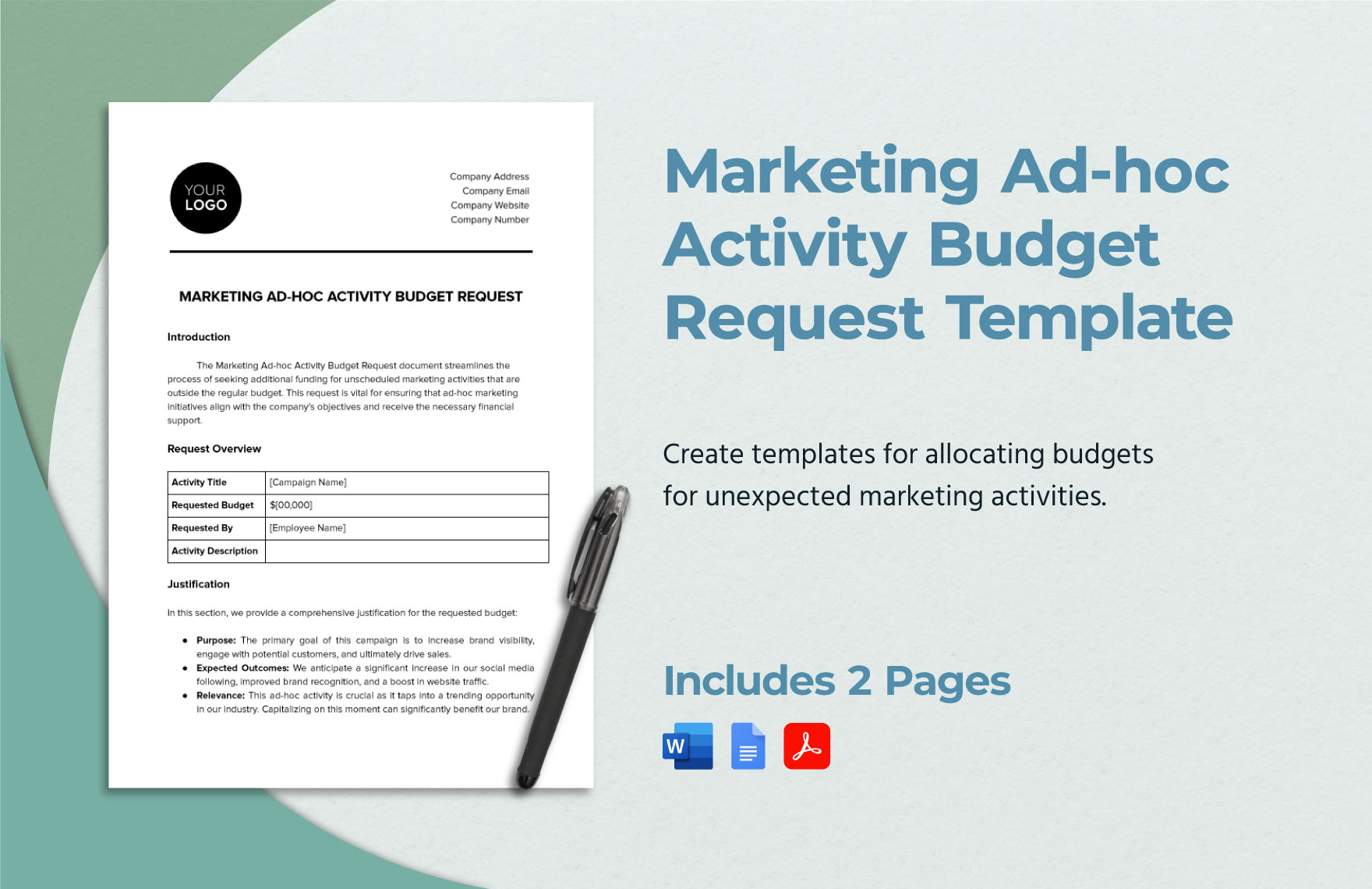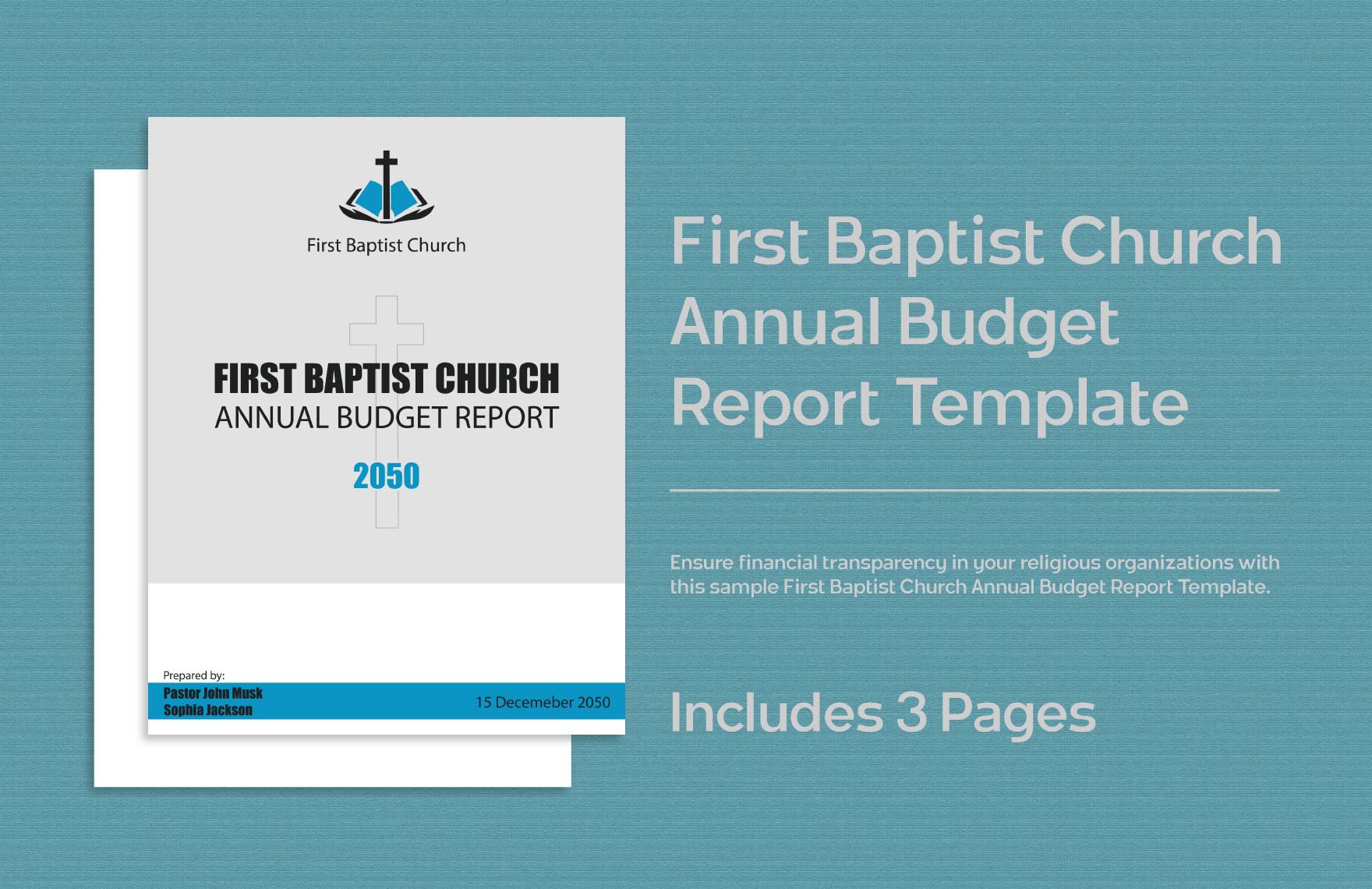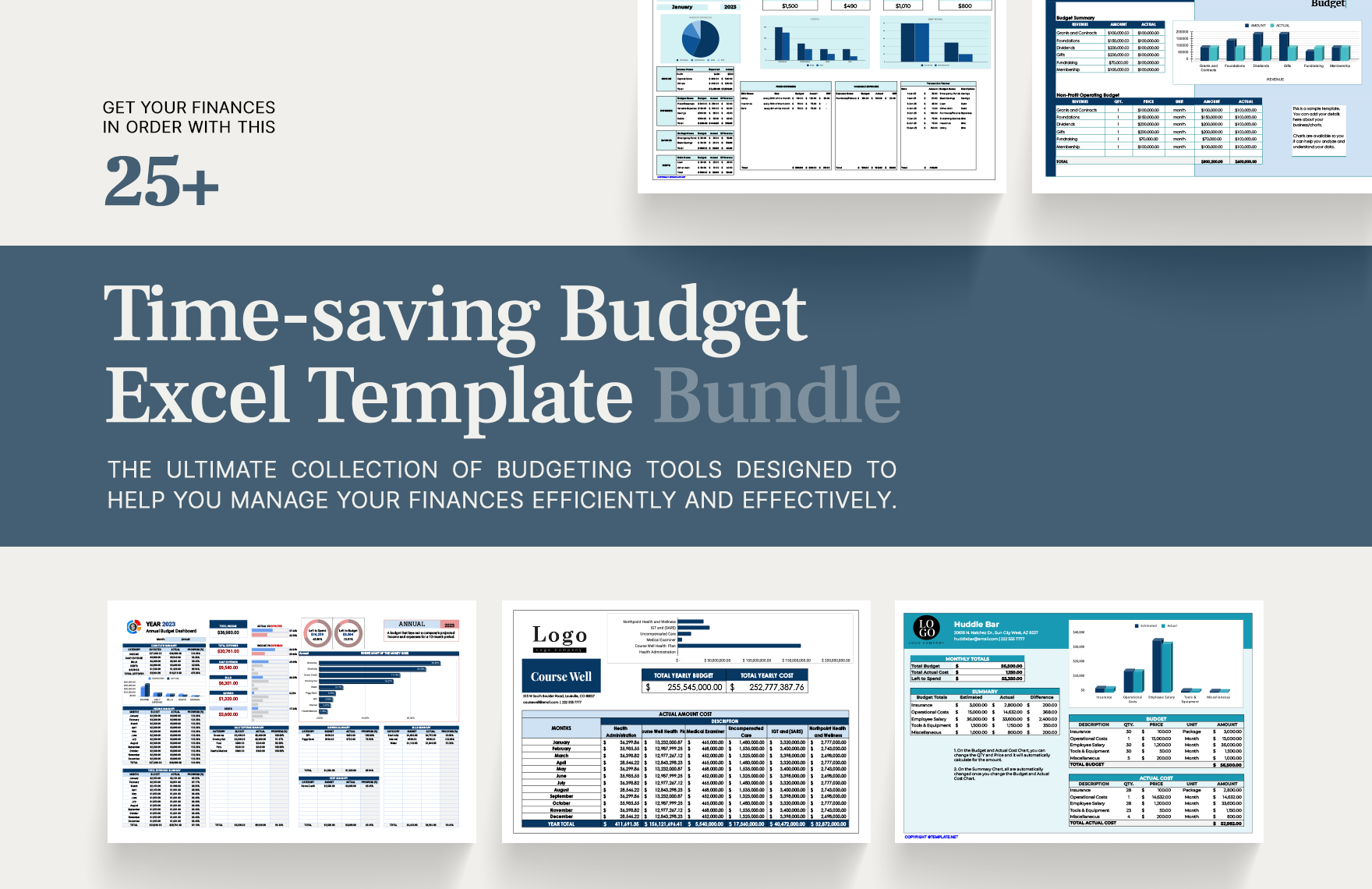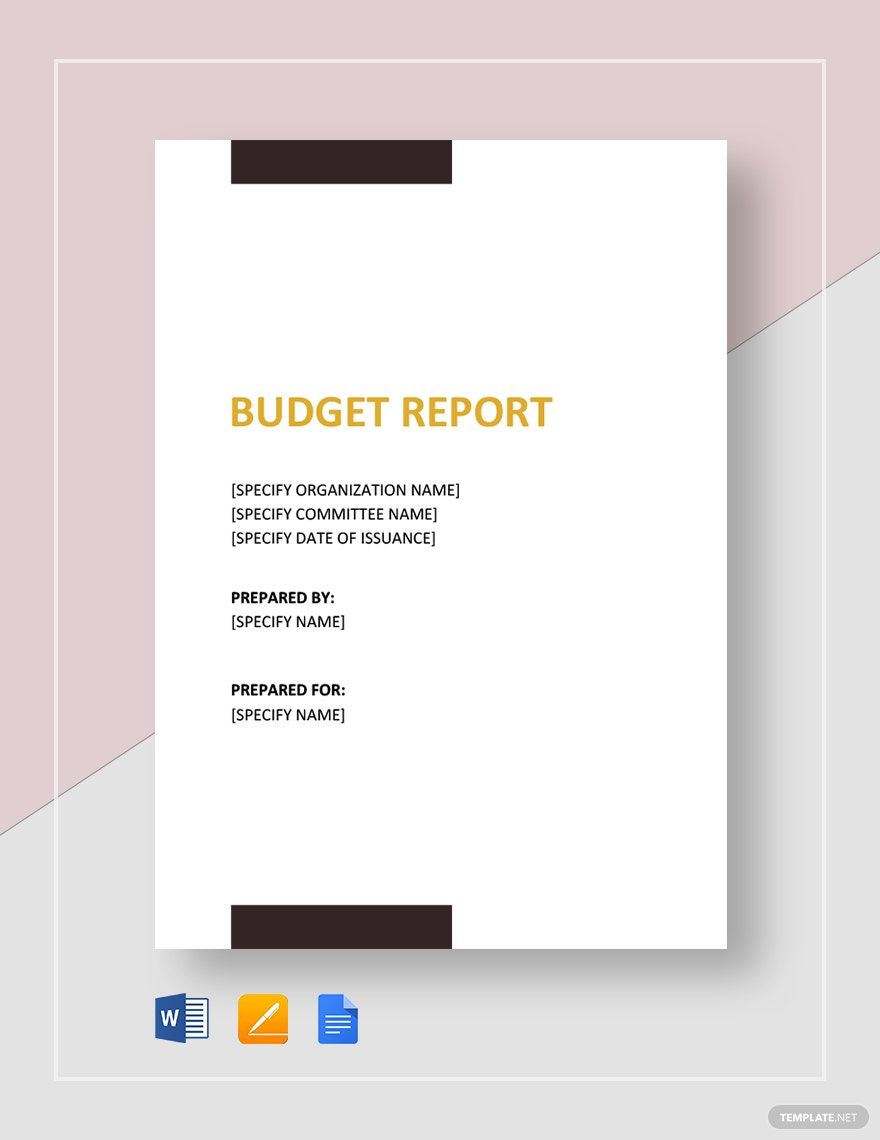Take your budgeting on a whole new level of comprehensiveness and efficiency with the use of our 100% customizable, professionally written, easily editable, easy to download, and printable Budget Report Templates! Surely, you can never go wrong in creating your budget report. Rest assured that you can rely and trust on our template products because they are high quality, well-crafted, and ready-made. They are also compatible with any of your software applications and are available in a variety of file formats of your choice. Subscribe to any of our subscriptions now and start the burden-free task!
How to Make a Good Budget Report?
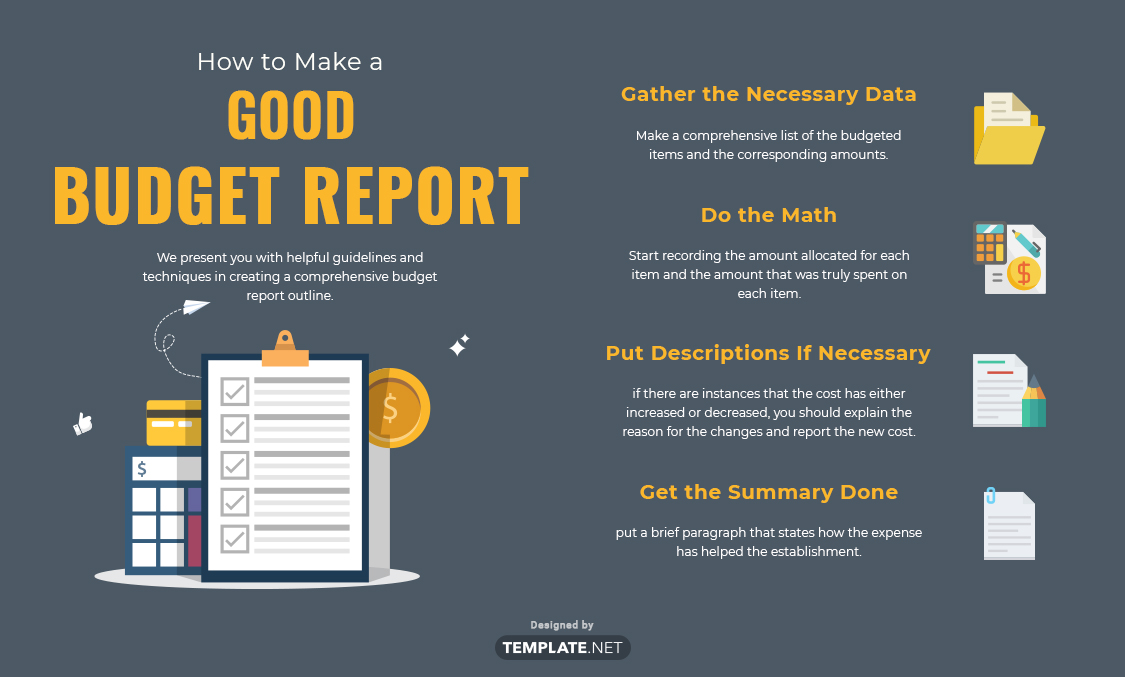
A budget report is a document that exhibits an establishment's different budgets at any given period. Moreover, it does not expose how well or not a business is doing because it only reveals the outgoing and incoming money flow and expenditures. It only shows how a company or an organization spends its available resources.
Budget reports aim to point out how much funds are allocated in each area and how well are those funds being used in each department to hit the goals of the company. Thus, we present you with helpful guidelines and techniques in creating a comprehensive budget report outline.
1. Gather the Necessary Data
In creating your simple report, you must collect the essential information and make an outline out of it. Make a comprehensive list of the budgeted items and the corresponding amounts.
2. Do the Math
Since you have already gathered the necessary details, you can now begin the calculations. Remember that you're making a budget report and not a weekly report, progress report, event report, or financial report, so do not be confused about crafting your project. Start recording the amount allocated for each item and the amount that was truly spent on each item. Next, subtract the latter from the former in order to identify your over or under amount. Moreover, to get the ratio of your budget-to-actual, divide the amount that has been actually spent by the budgeted quantity. Lastly, when you already get the ratio, multiply it by 100 to get the percentage.
3. Put Descriptions If Necessary
You have to write descriptions for the items that your company has spent its fund on, but if the item's fixed amount is crystal clear, there's no need to describe or define. For example, if your estimated amount for an event venue rental is $12,000, and there are no other charges for the food, beverage, and other services, then it is not necessary to put a description. However, if there are instances that the cost has either increased or decreased, you should explain the reason for the changes and report the new cost.
Moreover, your writings should encompass the basic information on what items you spent the resources on and how it is beneficial to you and your business. In addition, give enough attention to the things that are absolutely under or over the budget. Include some data as to the reason of the difference, and what will be your strategy to get those things back on your budget's track in the future.
4. Get the Summary Done
Although this component should be placed on top, it should be done last because generally, a summary is a collection of all the important information but has been combined and transformed into one brief statement or paragraph. Shortly emphasize the ways that you have taken to develop the budget, ways that you plan to take in order to get the overages back in your sample budget, and any stuff that can't be accomplished with the present budget. Moreover, put a brief paragraph that states how the expense has helped the establishment.


